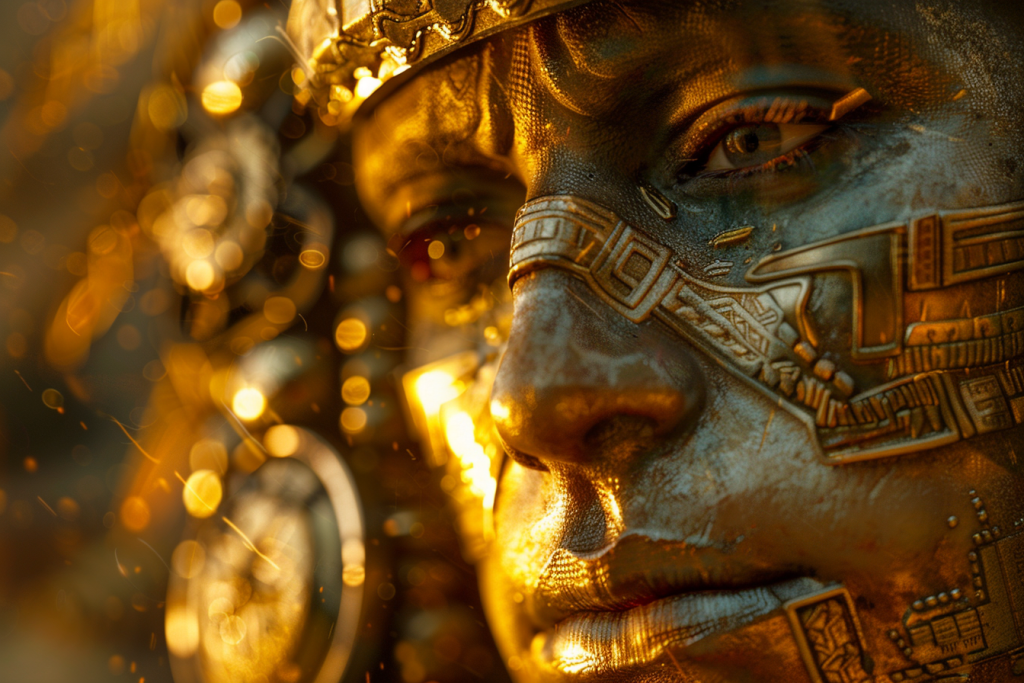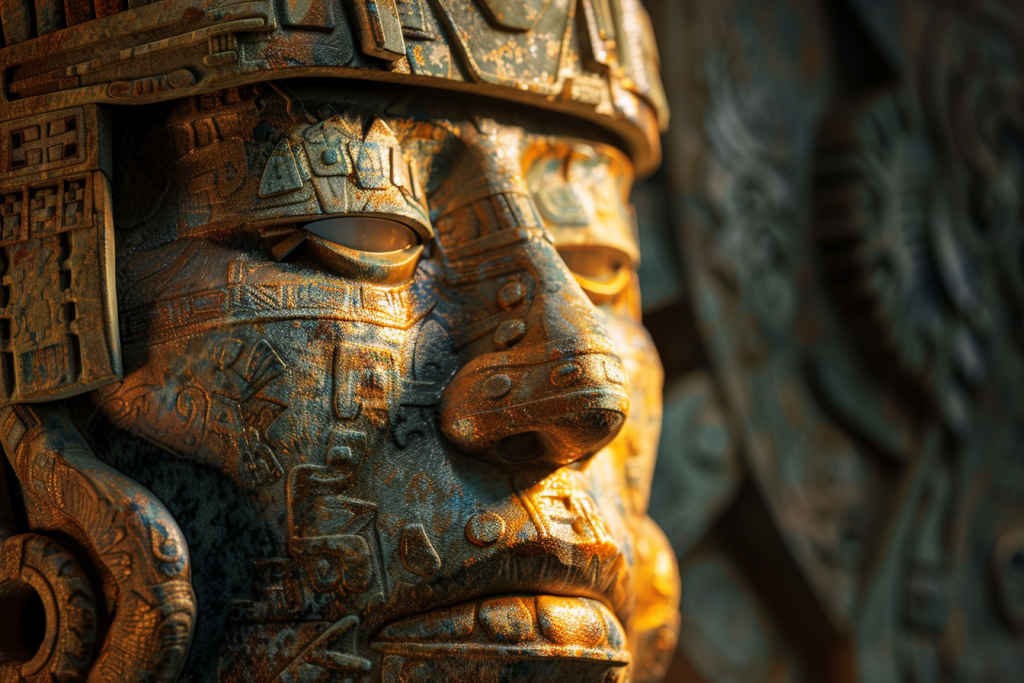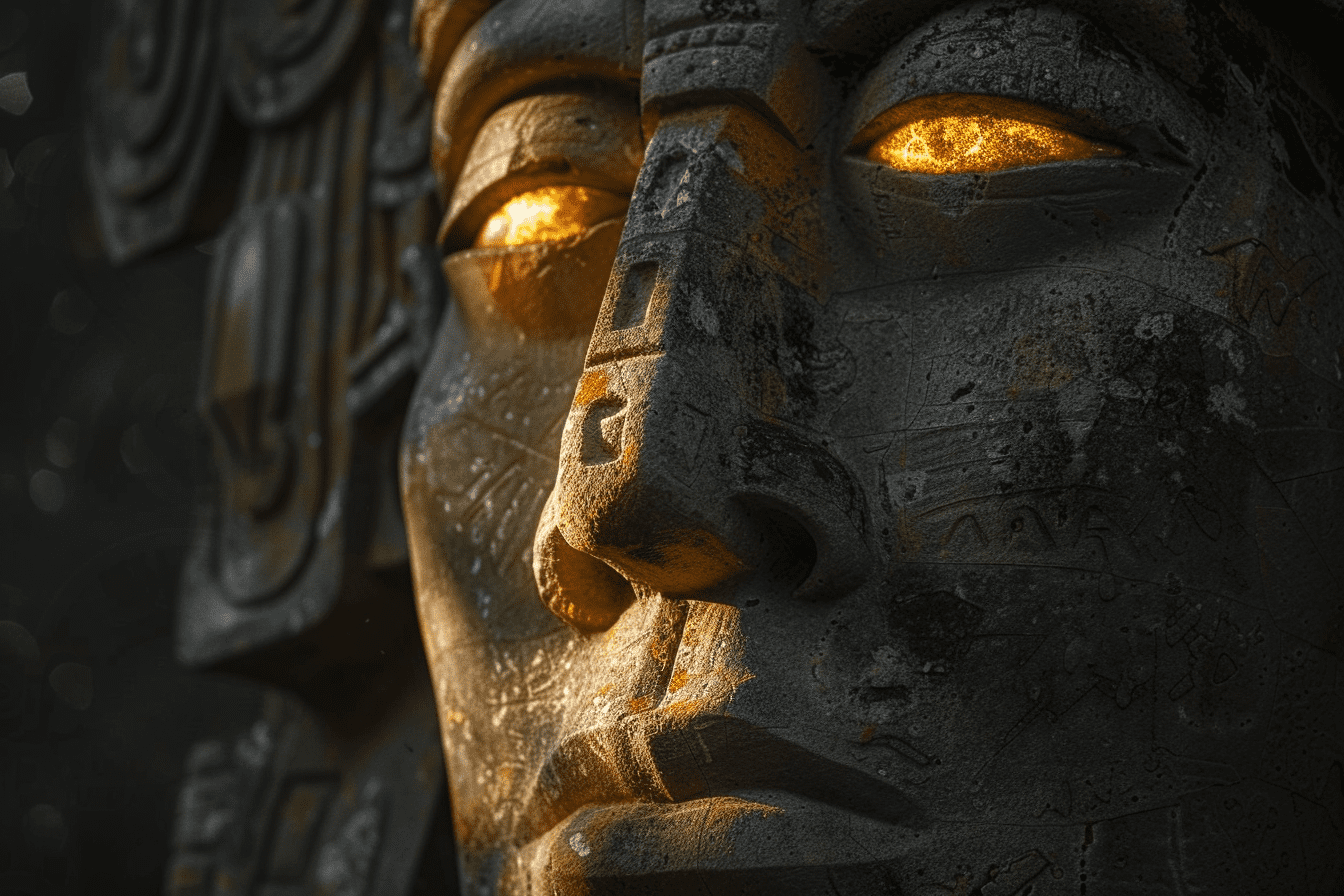Overview of Inti
Inti, revered as the supreme solar deity in the Inca pantheon, holds a central place in the mythology and cosmology of the Inca civilization. As the sun god, Inti was not only worshiped as the source of warmth, light, and life but also regarded as the ancestor of the Incas, reinforcing the divine right of the Inca rulers, who were considered direct descendants of Inti. This connection between the deity and the ruling class underscored the sociopolitical structure of the Inca Empire, intertwining religion with governance.
Get your dose of History via Email
Worship and Rituals
The worship of Inti was characterized by elaborate rituals and ceremonies, which were integral to the Inca religious calendar. The most significant of these was Inti Raymi, the Festival of the Sun, celebrated during the winter solstice. This festival, which marked the beginning of a new year, involved processions, dances, sacrifices, and the reenactment of mythical origins, symbolizing the rebirth of the sun. The Incas believed that these rituals were essential to ensure Inti’s continued favor, which was manifested in abundant harvests and the well-being of the empire.
Temples dedicated to Inti, known as Coricancha in Cusco, the capital of the Inca Empire, were constructed with architectural precision and alignment to capture the solar rays during significant celestial events. These structures served not only as places of worship but also as observatories, reflecting the Inca’s advanced understanding of astronomy and its integration into religious practices.

Symbolism and Representation
In Inca iconography, Inti was often depicted as a golden disk with a human face, radiating sunbeams. This imagery symbolized the god’s life-giving power and omnipresence. Gold, considered the “sweat of the sun,” was used extensively in the worship of Inti, adorning temples and priests, and used in offerings. The association of Inti with gold further emphasized the deity’s importance and sanctity.
Inti’s Role in Inca Society
The cult of Inti played a pivotal role in the cohesion and identity of the Inca Empire. By claiming descent from the sun god, the Inca rulers legitimized their authority and established a divine order that justified their rule over the vast territories of the empire. This divine kingship was central to the Inca’s imperial ideology, fostering loyalty and unity among the diverse peoples within the empire.
Moreover, the worship of Inti facilitated the integration of conquered peoples into the Inca state. By incorporating local deities into the solar pantheon, with Inti at the apex, the Incas promoted a sense of shared religious identity that helped to bind the empire together.

Conclusion
Inti, as the sun god, was more than a deity to the Incas; he was the embodiment of life, prosperity, and imperial power. The worship of Inti, through its rituals, temples, and symbolism, was integral to the social, political, and religious fabric of the Inca Empire. Understanding the role and significance of Inti provides insight into the complexities of Inca civilization and its enduring legacy in the Andean region.

